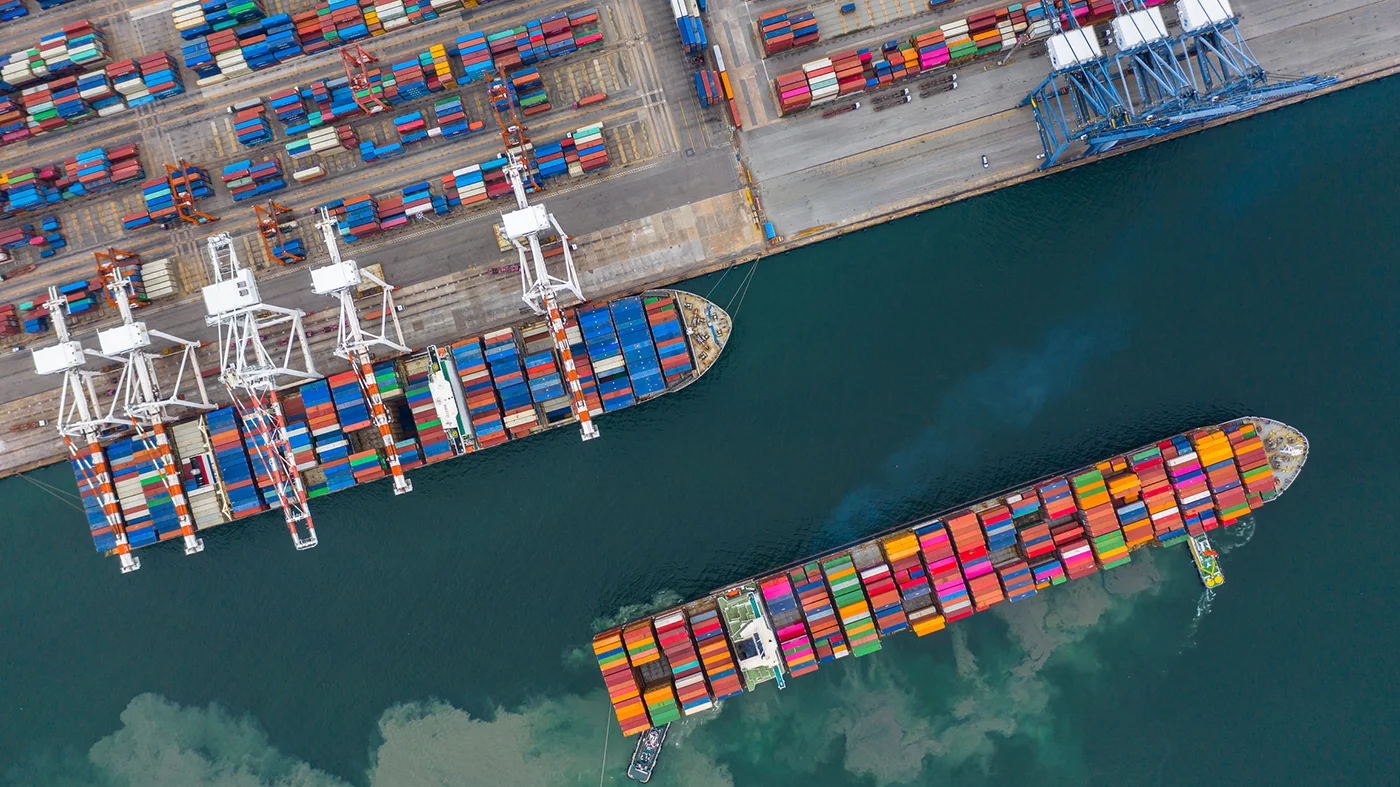

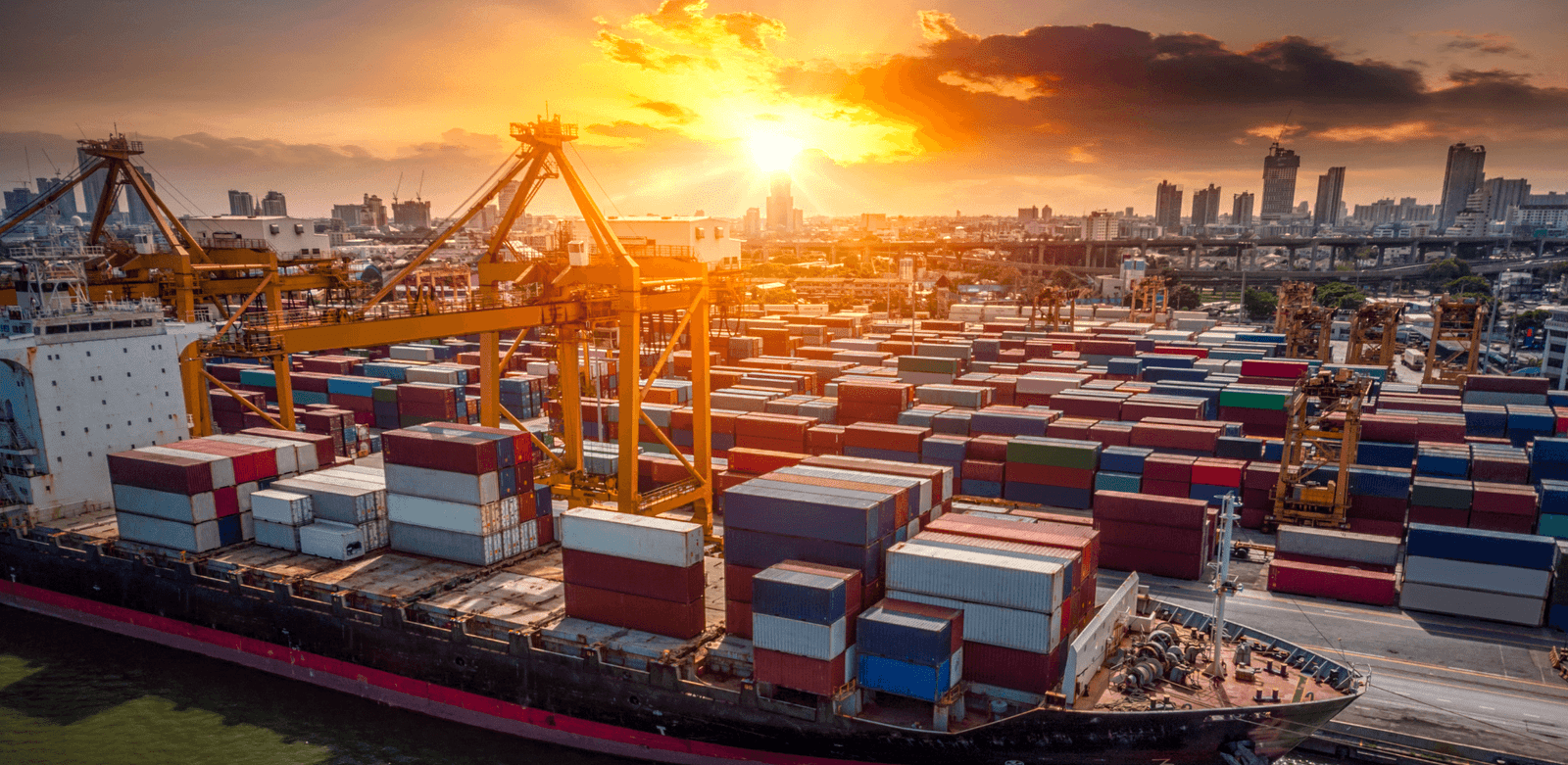
1. Port of Shanghai – China
The Port of Shanghai has the highest container throughput globally, standing at 43.3 million TEU. It is situated in Shanghai, China, at the following coordinates: 30° 37′ 35.54″ N, 122° 3′ 53.85″ E. For 12 successive years now, the Port of Shanghai has been recognized as the busiest container port in the world, dating back to 2010. It is both a deep-sea port and a river port. The city is situated at the meeting point of the Huangpu River, Yangtze River, and Qiantang River.
The Port of Shanghai opened as a treaty port in 1842; its operations were mainly governed by the Shanghai Port Authority until 2003, when Shanghai International Port Company Limited took over.
Currently, there are 2,223 vessels listed in the Port of Shanghai. Of those, cargo vessels are 70%, container ships are 12%, tankers are 3%, fishing vessels are 2%, and bulk carriers are 1% respectively.
Some examples of vessels from those mentioned above include Xue Long, Morning Lady, Cornelia Maersk, Morning Linda, Vermont Trader, MSC Toronto, CMA CGM Berlioz, Maersk Savannah, Ever Ulysses, Hyundai Mars, Lurline, Ever Utile, MSC Lily, Actuaria, Prestige, Manulani.
The Port of Shanghai is divided into three harbor zones, including:
- Huangpu River: Central Shanghai’s longest river, it reaches a length of 113 km from Dianshan Lake down to the Yangtze River.
- Yangshan Deep Water Port: The largest deep-water port, situated in Hangzhou Bay, Shanghai. The facility began operations in 2005 and was operated by the Shanghai International Port Group.
- Yangtze River:The Yangtze River is the longest in Asia and the third in the world, stretching over 6,300 kilometers from the Tanggula Mountains right into the East China Sea.


2. Port of Singapore – Singapore
Before the addition of the Port of Shanghai as the world’s busiest container port, the Port of Singapore was ranked the first. Currently, it is the second busiest container port in the world with a total of 37.2 million TEUs. The Port of Singapore is located at the southern tip of the Malay Peninsula and lies at coordinates 01° 15′ 33.71″ N, 103° 45′ 16.01″ E. It was opened in 1896 and is operated by the Maritime and Port Authority of Singapore. The port receives connections from 600 ports in over 120 countries.
The Port of Singapore is the top global port in bunkering. The ports provide an average of 50.6 million tons of bunker fuel per year. Bunkering is a term used to describe the process of offering fuel to ships. The Port of Singapore is also the number one transshipment hub in the world.
Two major commercial terminal operators for the port are:
- Jurong Port: It is Singapore’s leading bulk and conventional terminal operator. It manages commodities like cement, copper slag, and project cargo.
- PSA Singapore Terminals: This operator operates four container terminals—Keppel, Brani, Tanjong Pagar, and Pasir Panjang—with over 50 berths. Relatively, there are more terminals handled by PSA Singapore Terminals compared with Jurong Port.
There are about 130,000 vessels calling at the Port of Singapore every year, and at any one time, there are usually over 1,000 vessels in port. The cargoes it handles include container ships, ro-ro ships, cargo freighters, coastal trading ships, lighters, and bulk carriers. Other vessels that have passed or may pass through the Port of Singapore include Nimble Leopard, Pacific Spirit, ES Aspire, Hydropro 6, QSA Purari, Nautical Baltic, SC 4409 E, Yew Choon 8, Eagle Bay, and J C Marine 44.

3. Port of Shenzhen – China
The Port of Shenzhen is situated at Shenzhen, China, and is considered to be one of the largest and busiest container ports in the world with a throughput capacity of 27.7 million TEUs.
At latitude 22° 30′ 16.19″ N and longitude 113° 51′ 12.60″ E, this port was developed in the year 1980 and is owned by the Shenzhen Government.
There are 40 shipping companies operating 130 international container lines hosted in this port.
It broadly comprises all three parts that are Yantian Port, Nanshan Port, and Dachan Bay Port. The total number of ports it is connected to amounts to 300 in more than 100 countries. Some of the major terminals of the Port of Shenzhen include:
- Yantian International Container Terminals
- Shenzhen Haixing
- Chiwan Container Terminals
- Shekou Container Terminals
- China Merchants Port
Operational and vessel berths amount to 141, where 90 are operational berths and the rest are vessel berths. The operational berths are further divided into container berths, consignee berths, passenger ferry berths, and non-productive berths.
In the port, vessels of varied nature exist with a proportion distributed in cargo 70%, container ships 16%, tankers 3%, whereas passenger and crude oil tankers are well below the average. Approximately 86 vessels are on the port at any given time. Some of the vessels that remain in the port include Huihang 222, K 04 99, Zhong Yhun 313, Yue Dao Jian 908, Aug C 02 83 and Rongjing23.

4. Ningbo Zhoushan Port – China
Ton yyyy-ton cargo. Ningbo Zhoushan is the busiest port in the world. In 2021, its cargo throughput was recorded to be 1.22 billion tonnes. It is located in Ningbo and Zhoushan, Zheijiang, with coordinates 29°56′N 121°50′E. The port was opened in 1738 and is owned by Ningbo Zhoushan Port Company Limited.
Ningbo Zhoushan Port has a container throughput of 26.4 million TEUs, thereby ranking fourth in terms of busiest container traffic. Growth has been further witnessed this year, 2022, and the facilities are still expanding.

5. Port of Guangzhou – China
The Port of Guangzhou was officially founded in 2004 as the biggest seaport in Guangzhou Province, China. Its container throughput was 21.9 million TEU in 2020. Located within the Pearl River Delta, it is situated between the Xinjiang, Beijiang, and Dongjiang rivers. This makes it a very important strategic location for both transport and economy. It is a government-owned port that is managed by Guangzhou Port Group Company Limited and deals with cargo storage, loading, warehousing, logistics, and waterway transport.
It has 133 buoys, 4,600 berths, and 2,359 anchorages. Principal terminals include:
Nansha Port Area: Container, automobile, grain, and petrochemical wharves; customs clearance available at Nansha Port Centralized Inspection Center
Xinsha Port Area: Deep water berth for container and bulk cargo
Huangpu Port Area: Mainly serves containers and heavy loads.
Downtown Port Area: This consists of Henan, Xinfeng, and Dashatou wharfs.
Operating in this port are over 500 vessels, with 88% being cargo vessels. Examples include the Long Yue 228 and the Kai Hang 008.

6. Basan Port – South Korea
The Port of Busan is located at the southeastern tip of the Korean Peninsula, South Korea’s largest port, and the world’s sixth busiest container port, with a throughput of 21.7 million TEUs. Opened in 1876, its strategic location encourages sea transport with China and Japan. It falls within the auspices of the Busan Port Authority and comprises a total of six container terminals, plus an international passenger terminal.
Two major commercial terminal operators for the port are:
Key facilities include:
- North Port: Has passenger and cargo processing.
- South Port: The largest fishing point in Korea.
- Gamcheon Port: Developed due to the increase in cargo volume.
- Dandaepo Port: Places more priority on coastal catches.
The large container terminals are Gamman, Sinseondae, Singamman and the Coastal Ferry Terminal. An average of 130 shipping vessels operate daily within the port with the average number of vessels at any time estimated at 422 vessels. Types of ships in the port include fishing vessels with 16%, container ships 15%, general cargo 14% and tankers 7%.

7. Port of Hong Kong – China
This is a seaport located on the Kowloon Peninsula, South China Sea. It has 24 container berths, a quay length of 7694m, and occupies 279ha of area. Its container throughput is 19.6 million TEUs, and in terms of the port, it ranks seventh in container traffic. Every year, on average, this port handles 456,000 vessels.
The operation of Hong Kong Port is a mandate of the Marine Department of the Government of the Hong Kong Special Administrative Region. In essence, the department usually carries out the core duty of regularizing and monitoring ship movements at the facility. Besides, there are three container terminals and eight cargo working areas operated at the facility. Notably, 14 government departments and 795 vessels operate in the port.
As far as the facilities are concerned, there are nine container terminals formed in three areas which include Kwai Chung, Stonecutters Island, and Tsing Yi. Following are the companies in control of these companies:
- Hong Kong International Terminals Limited
- COSCO Informational and Technology Limited
- Modern Terminals Limited
- Dubai Port International Limited
- Asia Container Terminals Limited

8. Port of Qingdao – China
The Port of Qingdao, established in 1892, is one of the busiest container ports in the world, having a throughput of 19.3 million TEU. It is located at the Yellow Sea, Qingdao, Shandong Province in China, and lies at the coordinates N 36° 03′ 23.79″ – E 120° 19′ 12.27″. This port is owned by the Qingdao Qianwan Container Terminal Company Ltd and managed by the Qingdao Port Authorities. It has a total of 34 major ports and more than 2000 minor ports.
The following are the port areas that make up the Port of Qingdao:
- Dagang port area
- Qianwan port area
- Guangdong oil port area
- Dongjiakou port area
The vessels in the Port of Qingdao are about 379. The types of vessels that call at this port include: container ships (31%), fishing (22%), cargo ships (13%), bulk Carrier (7%), and general Cargo (7%).

9. Port of Tianjin – China
In 1860, the Port of Tianjin was established in Tianjin, China. It is owned by Tianjin State-owned Assets Supervision and Administration Commission and presently operated by Tianjin Port Group Limited. It lies at coordinates N 38° 58′ 08.54″ – E 117° 44′ 14.13″. This port stands in ninth position in container traffic in the world, having a container throughput of 16 million TEUs.
The Port of Tianjin consists of 462 vessels these include xinhai66, Tian Ji, Hua Sheng You 122, Zhong You Hai1225. among many others. The port has the accessibility to 600 in more than 180 countries worldwide.
Anchorage areas of this port serve the following purpose:
- Berth waiting
- Inspection and pilotage
- Quarantine
- Providing shelter from weather conditions

10. Port of Jebel Ali – United Arabs Emirates
The Port of Jebel Ali was constructed in the 1970s in Arabian Gulf, Persian Gulf, in the United Arabs Emirates, to supplement facilities in Port Rashid, Dubai. It lies at coordinates N 25° 00′ 11.81″ – E 055° 03′ 07.42″. Jebel Ali port ranks tenth in container traffic with a container throughput of 15 million TEU.
Some of the activities at the Port of Jebel include:
- Export stuffing
- Containers weight reduction
- Cross stuffing
- Handling transshipment cargo
- Cargo delivery
- LCL and FCL
- Storage
This port has three terminals, which are:
- Terminal 1 – It has a capacity of 9 million TEU, with 15 berths, and 51 quay cranes.
- Terminal 2 – It has a capacity of 6.5 million TEU, with 32 berths, and 8 quay cranes.
- Terminal 3 – It has a capacity of 3.8 million TEUs, with 5 berths, 50 automated rail-mounted gantry yard cranes (ARMG), and 19 automated quay cranes.

TopShipping
With years of experience in logistics and freight forwarding, the author is passionate about making shipping smoother and more efficient.
As a leader at TopShipping, they’ve developed a deep understanding of supply chain management, international shipping rules, and creative logistics solutions. They’re driven by a desire to help businesses succeed by delivering reliable, customer-focused services.
Over the years, they’ve also shared their expertise by writing for various industry publications, offering practical tips and insights on the latest trends in logistics. Thanks to their leadership, TopShipping has become a trusted name for companies looking for hassle-free global freight solutions.
Comment Section
Comment
Write your idea about "Top 10 ports in terms of container traffic"


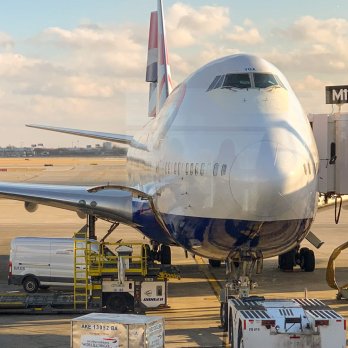

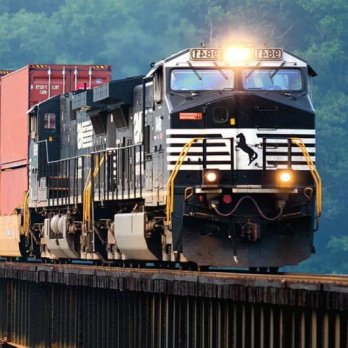
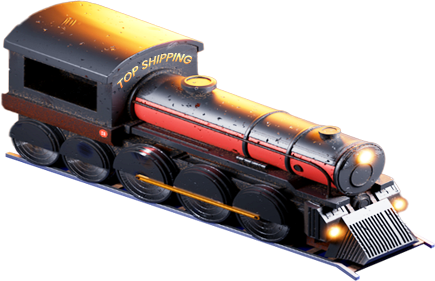
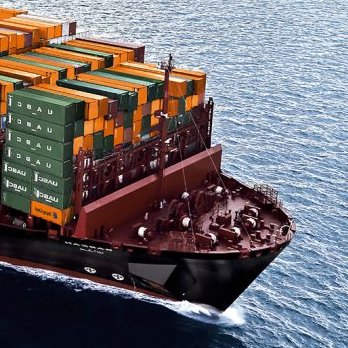
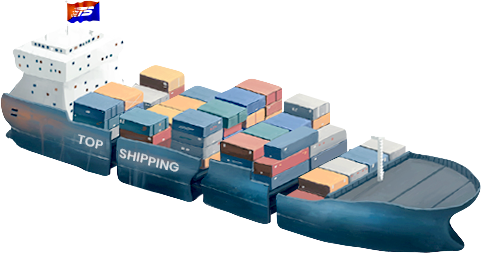
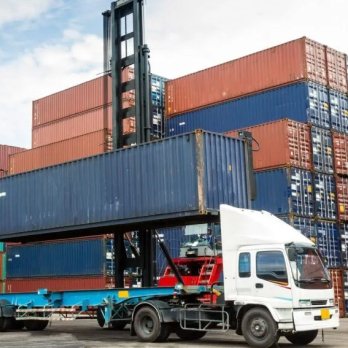
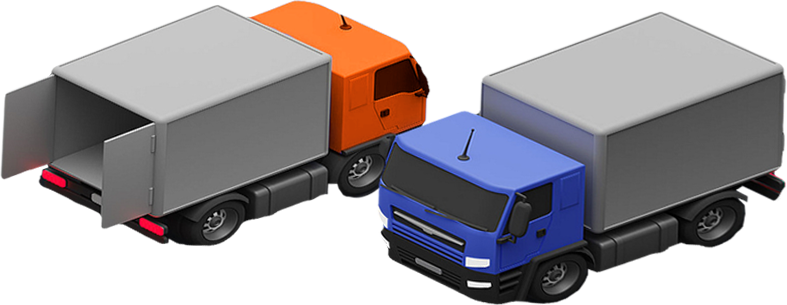
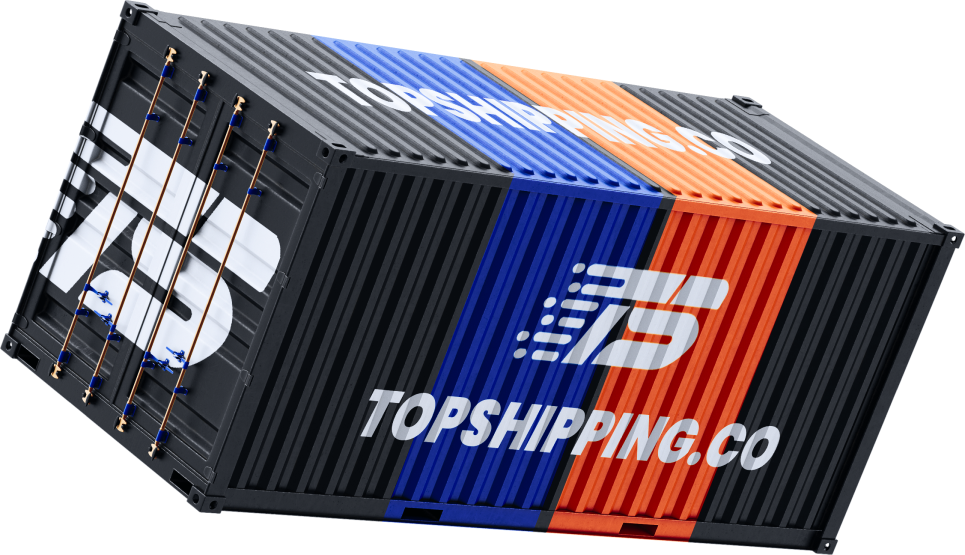





No comments yet.